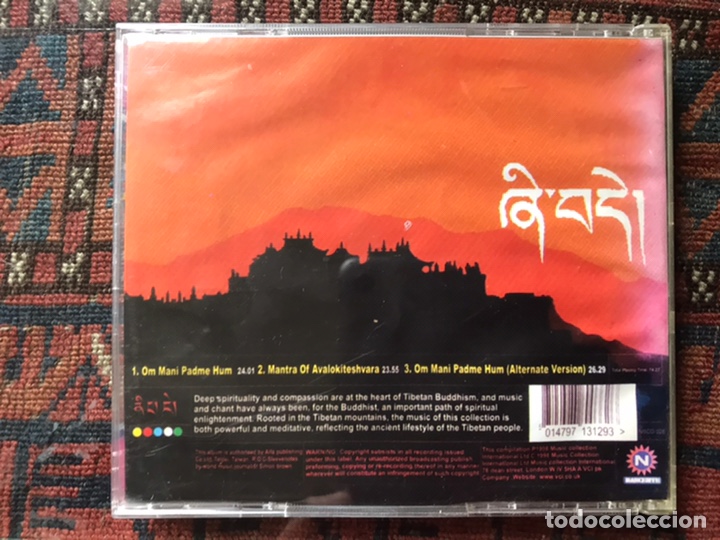

After multiple stabbings during a run-in with a rival gang (in which he’s said to leave sans scars), Noo traded in gang life for monkhood, rising the ranks at a temple in the Nonthaburi Province. By the time he was a teenager, Noo was practicing ancient Khmer spells, and he used these scripts and Buddhist chants in conjunction with weapons as a leader in a gang. Noo got into the artform when he was in fourth grade, pouring over the pages of his grandfather’s white magic books. “Ha taew is meant to bring positive and balanced blessings into people's lives.” “This is why I designed the ha taew, or five rows,” explains sak yant master, Ajarn Noo Kanpai, referring to five rows of Buddhist scripture (found in Jolie’s tattoo), starting the day Buddha was born and ending with his enlightenment. In modern times, sak yants have morphed into markers of mafia and gangsters, who use the tattoos’ protective blessings to perform acts of crime. Originating in Southeast Asia, sak yants (derived from the word yantra, meaning Buddhist psalms and sacred scriptures weaved into geometric designs) were once a way to shield warriors marching into battle, making them invincible against arrows.

Thailand’s warrior king, Naresuan the Great, ruled Siam until 1605 and was rumored to wage wars and declare freedom to the kingdom of Ayutthaya thanks to one source of protection: sak yants. The artist, Ajarn Noo Kanpai, quickly rose to celebrity status, driving the growth of tattoo tourism to Thailand.įor thousands of years, Thai culture has cherished the spiritual powers of sak yants, mystical tattoos inked by Buddhist monks and masters of magic. When Angelina Jolie showed off her first Thai tattoo 15 years ago-five lines of Buddhist blessings running down her back-she raised the country's international status for spiritual tattoos.


 0 kommentar(er)
0 kommentar(er)
